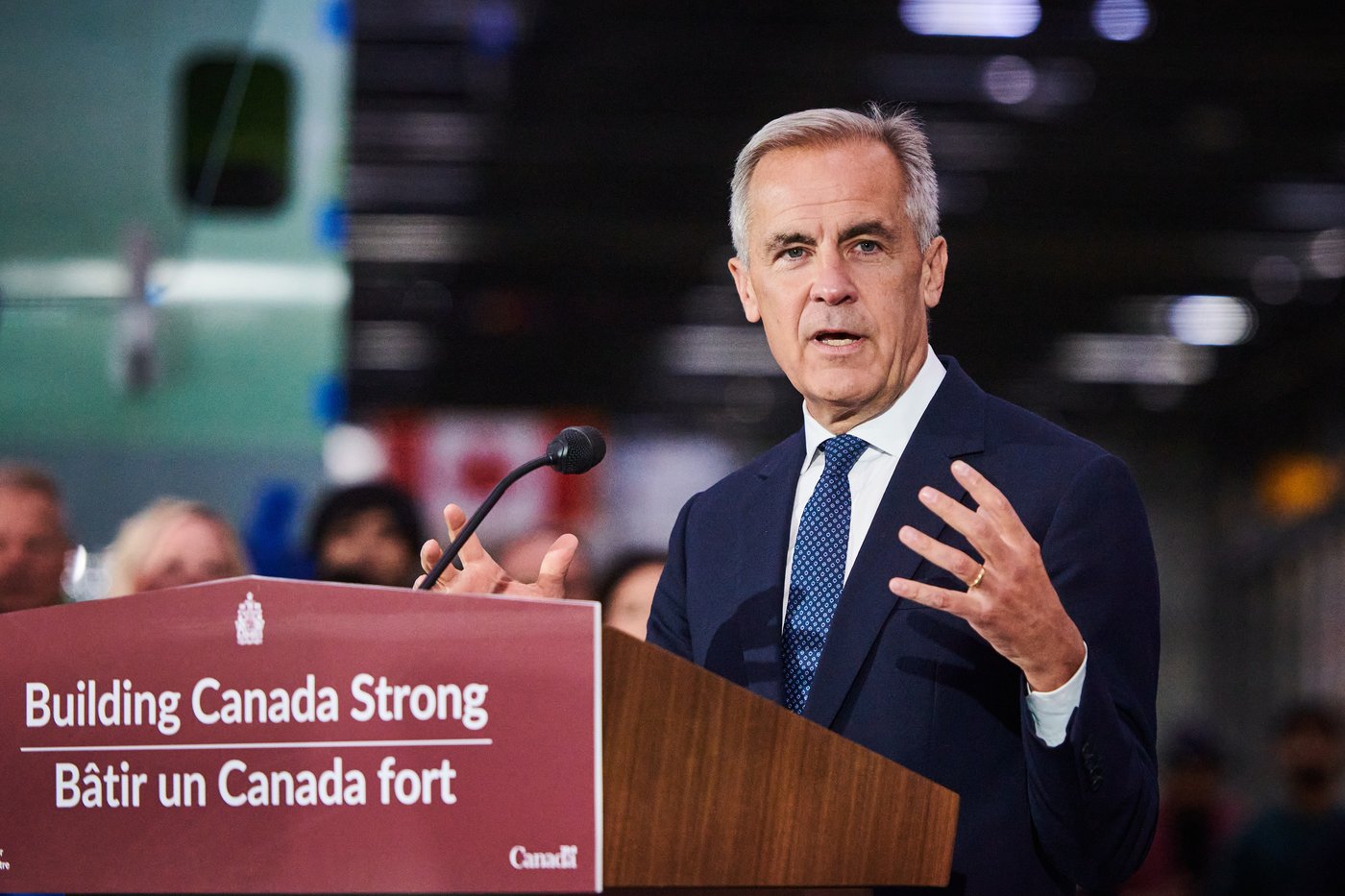Why ‘buying Canadian’ isn’t as easy as it sounds
Shrewd shopping has become a hot topic in Canada as political leaders urge consumers to pay closer attention to labels and buy Canadian products in an effort to push back against economic threats from the United States. Ontario Premier Doug Ford and Prime Minister Justin Trudeau have both emphasized the importance of supporting Canadian-made goods in response to the looming threat of U.S. tariffs.
While the idea of buying Canadian products sounds appealing in theory, the reality is that the modern Canadian economy is complex and heavily integrated with the U.S. market. According to experts, focusing solely on consumer-facing goods may not yield significant results in mitigating the impact of potential tariffs. While there are Canadian-made products available in various sectors such as food, beverages, cosmetics, and furniture, the reality is that not everything can be sourced domestically.
Manufacturers and industry representatives acknowledge that while supporting Canadian businesses is important, it may not be enough to offset potential losses if access to the U.S. market is restricted. For example, the production of certain goods like dishwashers has shifted overseas, making it difficult to find Canadian-made alternatives in certain categories. Consumers also face challenges in finding Canadian-made clothing and other products, further complicating the push to buy local.
The seasonal availability of certain produce adds another layer of complexity to the “Buy Canadian” movement. While Canadians may prefer domestic produce, factors such as cost and availability often influence their purchasing decisions. The Canadian Produce Marketing Association points out that Canada relies on imports for a wide range of fruits and vegetables that cannot be grown locally, highlighting the need for a balanced approach to sourcing products.
Despite these challenges, some businesses are optimistic about the potential impact of a “Buy Canada” movement. Retailers like Indigo Books & Music Inc. and Urban Barn have long promoted Canadian products and anticipate increased interest in locally sourced goods amid the threat of U.S. tariffs. While some retailers like Home Hardware and Giant Tiger remain focused on meeting customer needs regardless of political context, others see an opportunity to showcase their Canadian-made products as a key selling point.
In conclusion, while shrewd shopping can certainly help support Canadian businesses and industries, it may not be a cure-all solution to economic threats from the United States. A nuanced approach that considers the complexities of the modern economy, consumer preferences, and market dynamics is essential in navigating the challenges posed by potential tariffs. By promoting a diverse range of Canadian products and highlighting the value of buying local, consumers can play a role in supporting domestic businesses while also making informed purchasing decisions.



